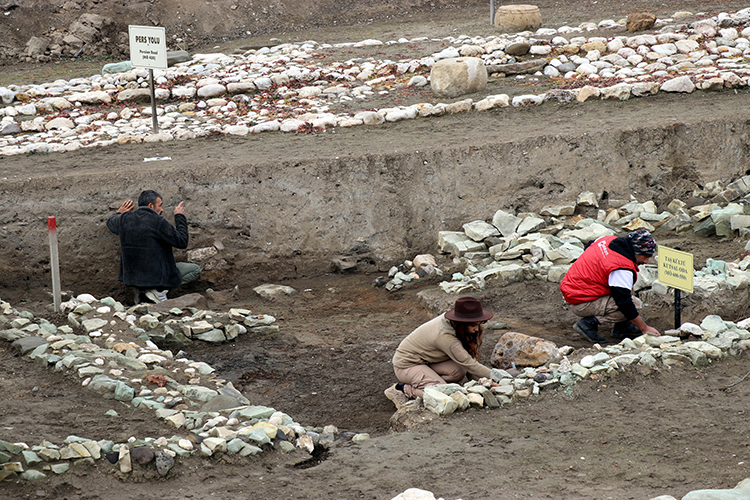
The 2,600-year-old lost Kubaba Temple has been discovered during the excavations at Amasya Oluz Mound
The lost Kubaba Temple, dating back 2,600 years and providing significant findings about religious beliefs and rituals in Anatolia, has been discovered at Oluz Mound.
Oluz Mound is located near the Çekerek River (ancient Skylax), one of the branches of the Yeşilırmak (ancient Iris) in the Göynücek district of Amasya province.
Under the leadership of Prof. Dr. Şevket Dönmez, a faculty member of the Department of Archaeology at Istanbul University and the excavation director, the ongoing excavations have revealed fire altars and architectural structures identified as belonging to the Medes.
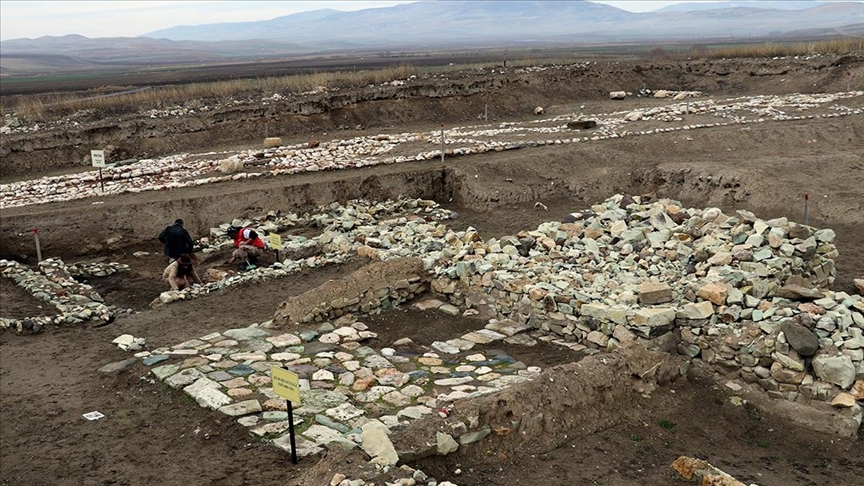
This season’s excavations at Oluz Mound, which has been a religious center throughout various periods in Anatolia, have uncovered the 2,600-year-old lost Kubaba Temple from the Phrygian period.
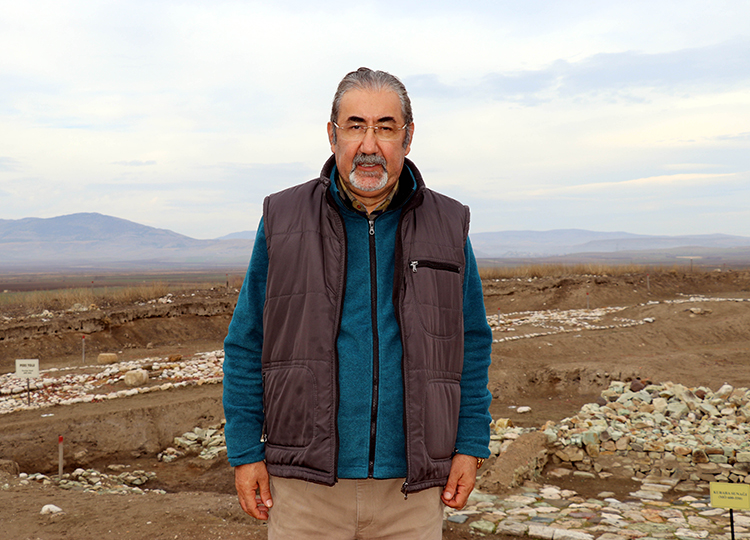
Prof. Dr. Şevket Dönmez stated that Oluz Mound dates back 6,500 years. He mentioned, “We can trace the settlement back to the Hittite period. We have not yet fully reached the Hittite period, but we have found some objects from that time. These are mostly representations of bulls. The significance of the bull is that it is the sacred animal of the storm god in Hittite culture. We also know that there is a large Hittite city beneath.”
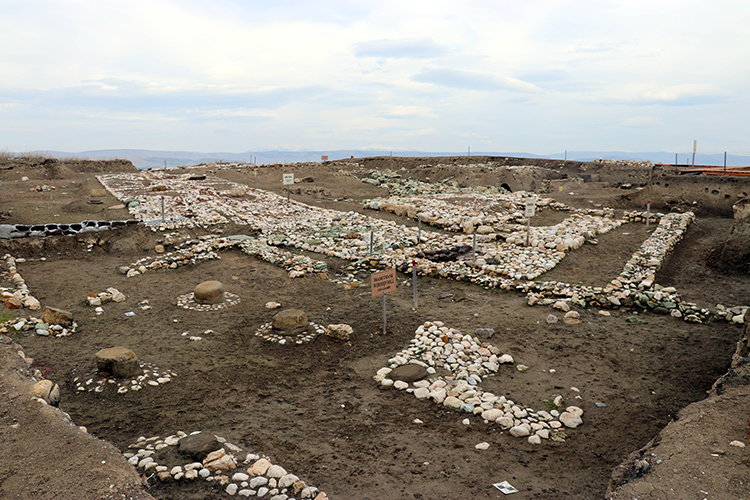
Dönmez, during the excavation, they also found significant objects belonging to the Phrygians and noted the following:
“Since 2010, we have been uncovering a Kubaba, the sacred area of the mother goddess, beneath the Iron Age layer, along with its altars. As a result of our meticulous work in this area, we have revealed the sacred chamber of the holy site, which includes the sacred stone representing the goddess Kubaba. Thus, a large portion of this sacred area and temple has now been uncovered. We can now refer to it as the Kubaba Temple or Kubaba Sanctuary. This represents a significant success and discovery in this year’s Oluz Mound excavations.”
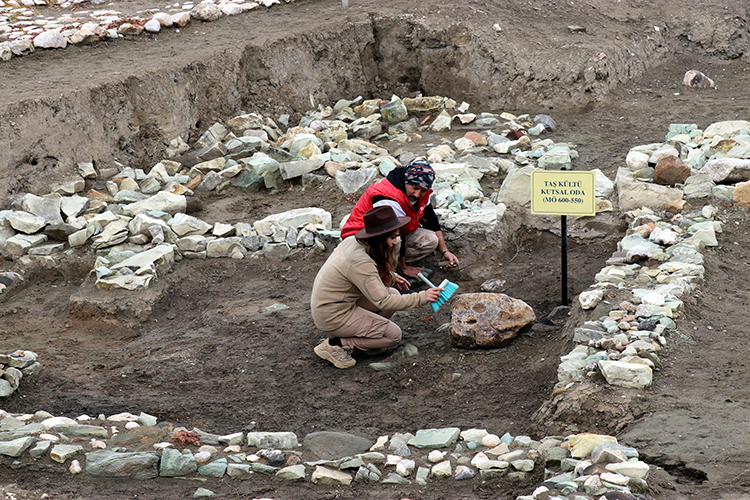
Dönmez stated that the temple was uncovered in the layer they refer to as “4-B,” saying, “The Kubaba sacred area and temple at Oluz Mound, with the unveiling of the sacred chamber and the stone representing Kubaba, has revealed a lost temple in Anatolia. We found numerous bone objects around the temple. These are perforated objects, including sheep phalanges and vertebrae. They were likely attached to a whip, and the priests performing rituals for the mother goddess would strike their bodies with them. These rituals were conducted through dancing and circling around the sacred space, in a way performing a kind of tawaf around the holy site.”
Cover Photo: Cihan Okur/Anadolu Agency
You may also like
- A 1700-year-old statue of Pan unearthed during the excavations at Polyeuktos in İstanbul
- The granary was found in the ancient city of Sebaste, founded by the first Roman emperor Augustus
- Donalar Kale Kapı Rock Tomb or Donalar Rock Tomb
- Theater emerges as works continue in ancient city of Perinthos
- Urartian King Argishti’s bronze shield revealed the name of an unknown country
- The religious center of Lycia, the ancient city of Letoon
- Who were the Luwians?
- A new study brings a fresh perspective on the Anatolian origin of the Indo-European languages
- Perhaps the oldest thermal treatment center in the world, which has been in continuous use for 2000 years -Basilica Therma Roman Bath or King’s Daughter-
- The largest synagogue of the ancient world, located in the ancient city of Sardis, is being restored











Leave a Reply